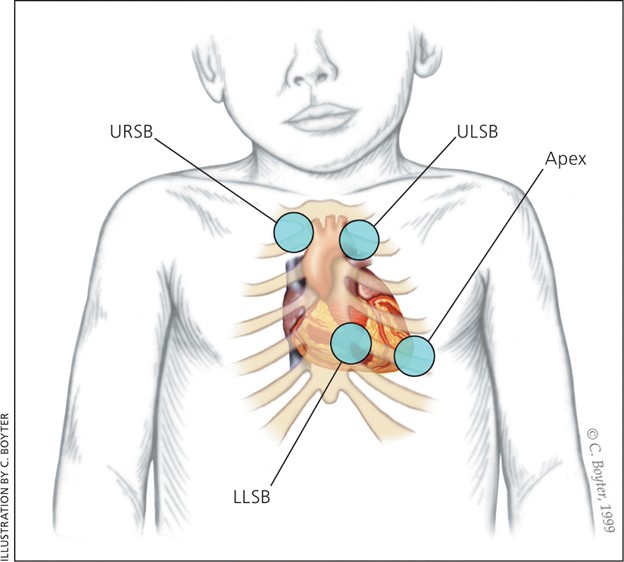A client has lorazepam prescribed before surgery and refuses the injection.
If the nurse administers the scheduled injection despite the client’s lack of consent, which term best describes the nurse’s action?
Malice.
Malpractice.
Negligence.
Assault and battery.
The Correct Answer is D
This is because assault is the threat of harm or unwanted contact, and battery is the actual physical contact without consent.
If the nurse administers the injection despite the client’s refusal, the nurse is violating the client’s autonomy and right to refuse treatment, and is committing both assault and battery.
Choice A is wrong because malice means having a deliberate intention to harm someone. The nurse may not have malice but may be acting out of ignorance or negligence.
Choice B is wrong because malpractice means a failure to meet a standard of care or conduct that causes injury or damage to a patient.
The nurse may be guilty of malpractice, but this is not the best term to describe the nurse’s action.
Choice C is wrong because negligence means a lack of care or skill that results in harm or injury.
The nurse may be negligent, but this is not the best term to describe the nurse’s action.
Nursing Test Bank
Naxlex Comprehensive Predictor Exams
Related Questions
Correct Answer is B
Explanation
Gently pull the auricle up and back before instilling the drops. This technique straightens the auditory canal and allows the drops to reach the eardrum.
It also prevents contamination of the ear canal by the finger.
Choice A is wrong because pulling the auditory canal down and toward the front is the proper method for children, not adults.
This technique is used for children because their auditory canal is shorter and more curved than adults.
Choice C is wrong because lowering the head and taking a deep breath during the instillation has no effect on the administration of otic drops.
It may also cause discomfort or dizziness for the client.
Choice D is wrong because wearing sterile gloves and inserting one finger in the canal is unnecessary and potentially harmful.
It may introduce bacteria or damage the ear canal or eardrum.
Correct Answer is D
Explanation
A heart murmur is a priority assessment for a toddler who is diagnosed with fetal alcohol syndrome because it may indicate a congenital heart defect, which can affect the child’s growth, development and oxygenation. According to the health search results, fetal alcohol syndrome can cause heart and kidney problems, among other complications.

Choice A is wrong because small head size is a common feature of fetal alcohol syndrome, but it is not a priority assessment. It indicates that the child has microcephaly, which is associated with intellectual and learning disabilities.
Choice B is wrong because poor coordination is another common feature of fetal alcohol syndrome, but it is not a priority assessment. It indicates that the child has problems with motor skills and balance.
Choice C is wrong because speech and language delays are also common features of fetal alcohol syndrome, but they are not a priority assessment. They indicate that the child has problems with communication and social skills.
Whether you are a student looking to ace your exams or a practicing nurse seeking to enhance your expertise , our nursing education contents will empower you with the confidence and competence to make a difference in the lives of patients and become a respected leader in the healthcare field.
Visit Naxlex, invest in your future and unlock endless possibilities with our unparalleled nursing education contents today
Report Wrong Answer on the Current Question
Do you disagree with the answer? If yes, what is your expected answer? Explain.
Kindly be descriptive with the issue you are facing.
